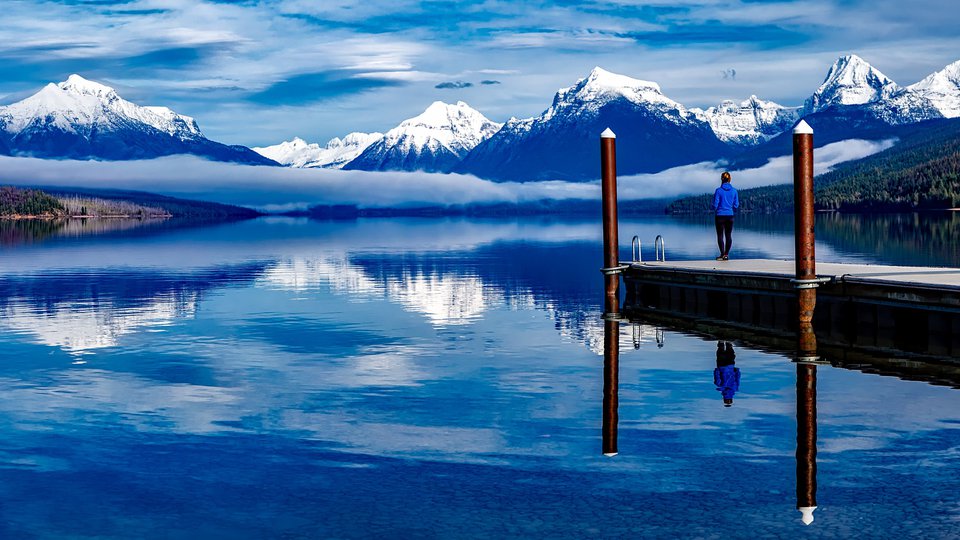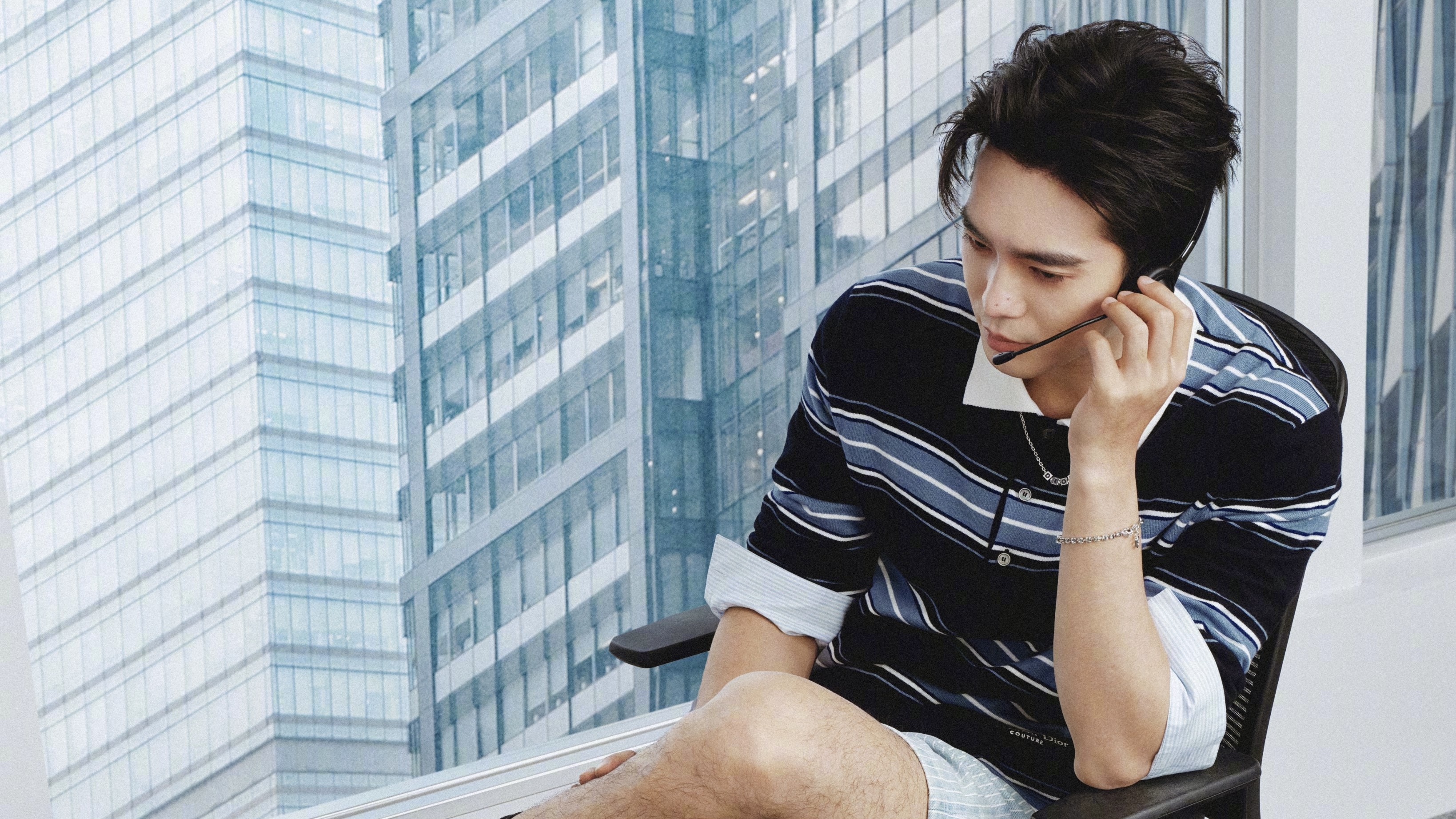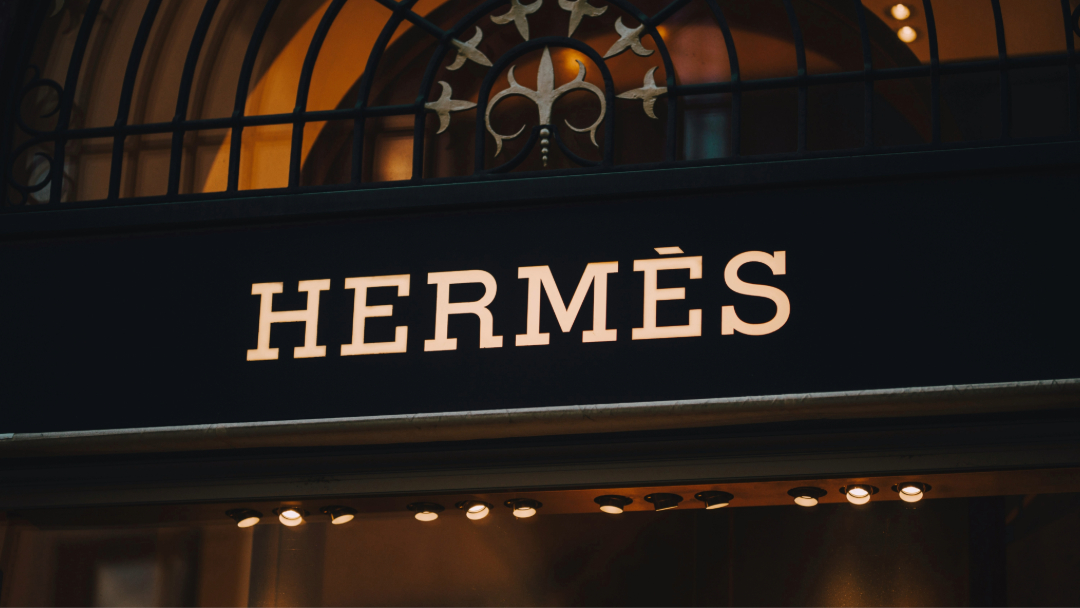Today’s luxury brands operate in a world where the old systems of delivering prosperity are somewhat broken, and the language on which luxury was built is unrecognisable. Cream UK’s Charlotte Parks-Taylor walks us through the reasons that brands need to focus on experience, education, and poetry to speak to today’s luxury consumer.

Today’s luxury brands operate in a world where the old systems of delivering prosperity are somewhat broken, and the language on which luxury was built is unrecognisable. Cream UK’s Charlotte Parks-Taylor walks us through the reasons that brands need to focus on experience, education, and poetry to speak to today’s luxury consumer.
As an industry we are seeing a retreat from the word and connotations of “luxury.” The blurring of lines of what luxury really is and means has become contentious; it is a misnomer.
“Old luxury” used to be about status and discernment, now it needs to move towards a goal of experience, education, and poetry. In the past, luxury founders were mostly innovators and incredibly well-travelled at a time where communication was difficult and travel was dangerous. This is why heritage remains a huge part of established luxury brand storytelling. However, as much as certain audiences, in particular emerging markets, respond well to these emotive tales of historical pioneers and posterity, it is now more about trying to find a balance between heritage and the philosophy that inspired luxury brands originally whilst continuing to perpetually innovate.
In order to think about where we pitch luxury on this scale of heritage and status versus poeticism, experience, and education, we must first look back. Advertising used to be about the art of seduction. The digitisation of the world, new luxury audiences and the desire for more authentic brand aesthetics necessitates a major change in how we market luxury brands. How do we bring back love, poetry, and art, and give the audience the seductive communications that they are yearning for?
“You have to talk to 20 year olds. The idea is to get them to know about it, even if they don’t buy into it until a later stage. If you don’t you have lost them by 30.”
The world of media is increasingly complex and more full of tensions than ever before, which poses specific challenges. Different markets, societies, and cultures are operating at different speeds, which leaves marketers and brands with an intimidatingly large and diverse pool of audiences to target. Jamie Jouning, Vogue Digital Director at Condé Nast International, commented on the importance of appealing to emerging younger audiences. “You have to talk to 20 year olds. The idea is to get them to know about it, even if they don’t buy into it until a later stage. If you don’t you have lost them by 30.” This highlights the importance of not overcomplicating demographics and geography, but instead recognising that we are not all running at the same pace. How you operate in each market differs, but we are all on the same axis. You can create the same journey for your brand along this axis, but it is imperative to think about timings and exposures before opportunity passes.
“Now, people get their most trusted information from brands. People no longer trust news.”
Aside from changing audiences, when thinking about the evolving language of luxury, the importance of digital is paramount. We have an ever increasing number of new channels in which to interact with our audiences, and the nature of the new digital landscape means that we have ceded much of the control of the dialogue to the consumer. It is more difficult to converse in a seductive way when you have less control. We must be careful about the context in which people experience our brands, and modern media means we are increasingly losing context. Trevor Hardy, CEO of The Future Laboratory astutely noted that “now, people get their most trusted information from brands. People no longer trust news.” Now, the challenge is to facilitate conversation between brands and their consumer, in a disjointed landscape.
Beyond being able to own and control interactions, luxury brands are also concerned about creating beautiful journeys. Christiana Savvides of the world’s oldest diamond brand Backes & Strauss emphasised the desire from consumers to “mature and move with a brand. To be taken on a journey through a number of years, and to be drip-fed; slowly, slowly.” Poetry cannot be rushed. Leave this to the mainstream fast-moving brands. Luxury owns this.
Dan Northover, Chief Marketing Officer of Fly Victor, championed this point. “The rarity of the brand experience is crucial. Time and privacy is luxury – on an experiential level.” Having lots of information at our fingertips is also a privilege. The truth is that consumers don’t really think of themselves as being “luxury” consumer. It is ourselves, the marketeers, who are guilty of this.
How do we apply these insights?
The most successful luxury brands engage their audiences via the following:
1. Experience – Create an experience for your target that tantalises their senses. Experience ranks #1 above acquisition and status as the most desired brand interaction.
2. Education – Give back knowledge and wisdom to communities, enriching their lives and broadening their perspectives.
3. Poetry – Indulge in the poeticism of your brand. Create poetry in your brand communications and transcend the mundanity of mortal life. The thought of the poetic brand is resonant because it is beyond what we are currently seeing; it is beyond the meaning of the word. It is an aspiration.
The changed language of luxury demonstrates that the opportunities for growing luxury brands and finding the right audiences have never been more plentiful.
—
The idea for this piece was born from a thought provoking breakfast held in February 2017, the second in a series of focused Cream seminars aimed at discussing the most prevalent tensions facing luxury brands in their marketing communications. Read the full article here.










